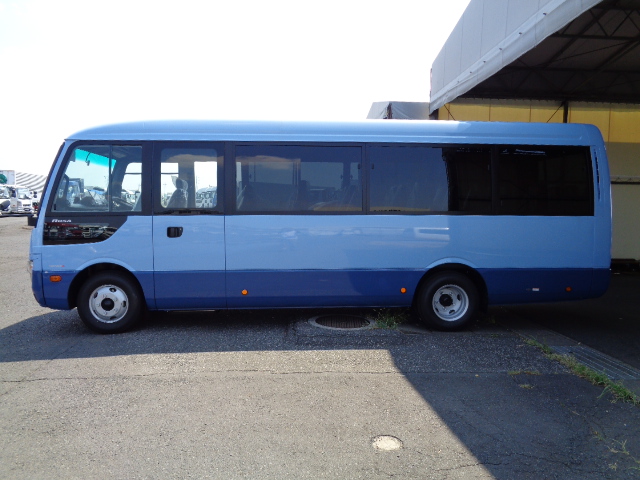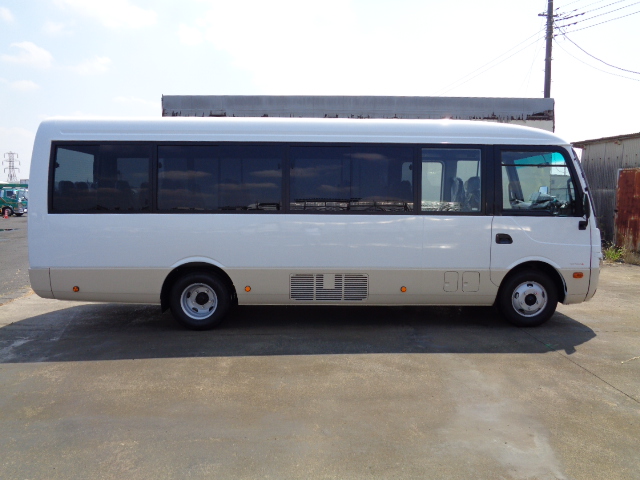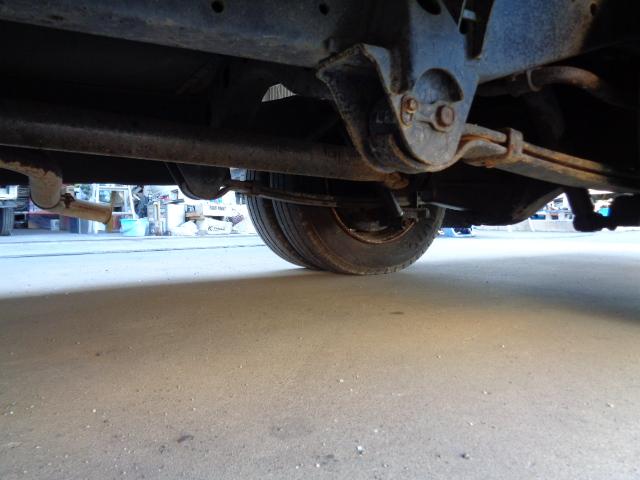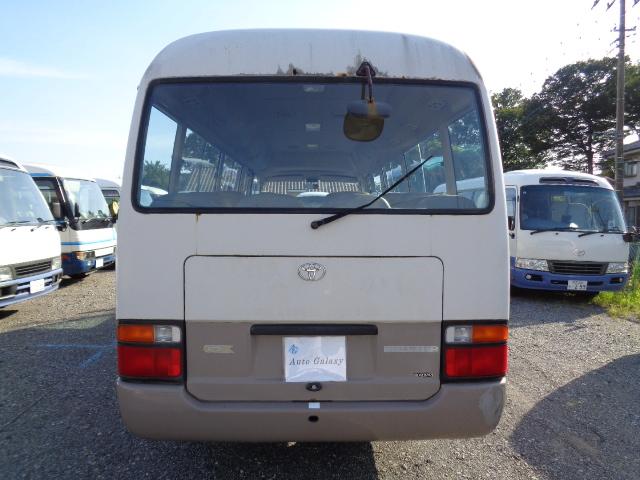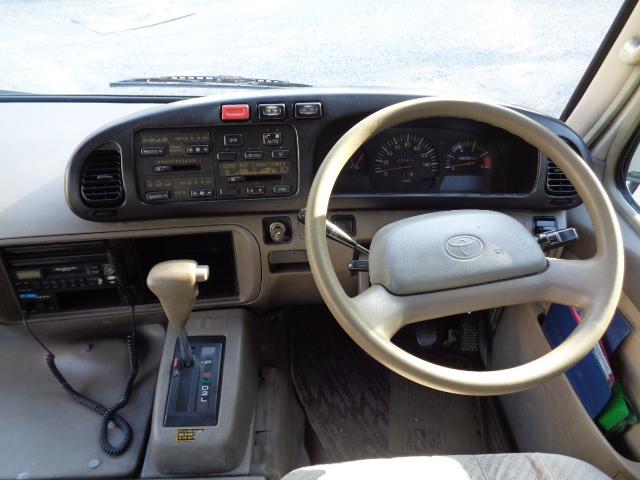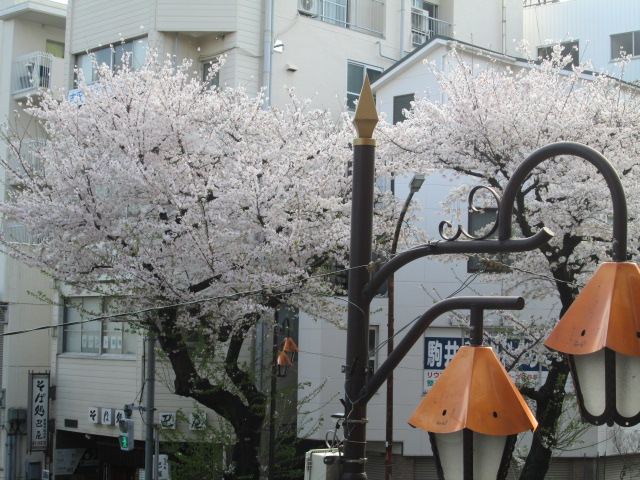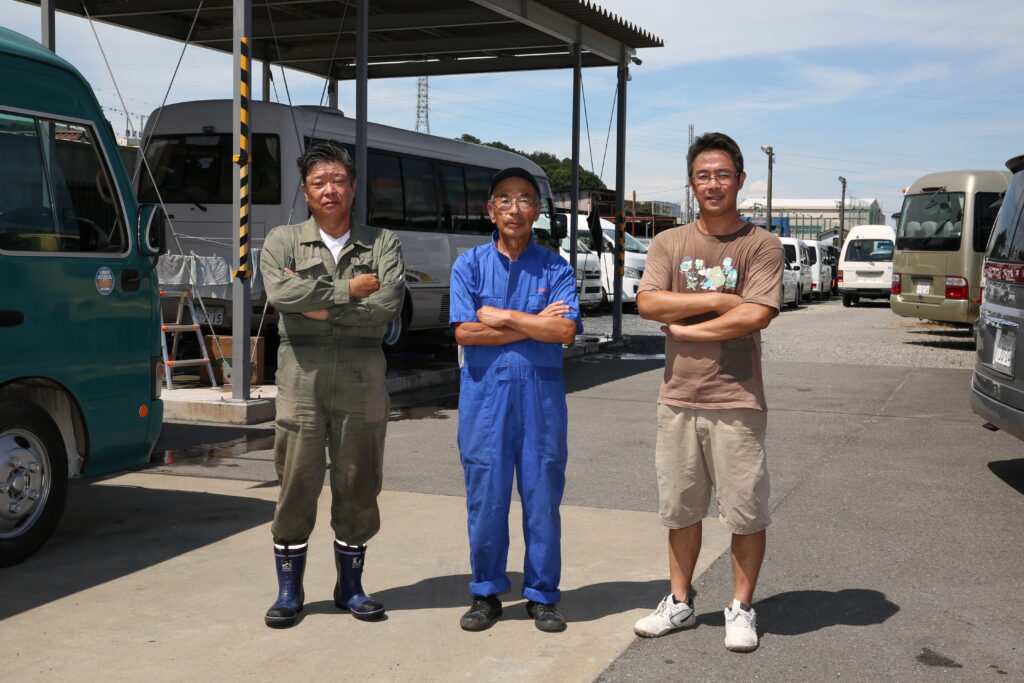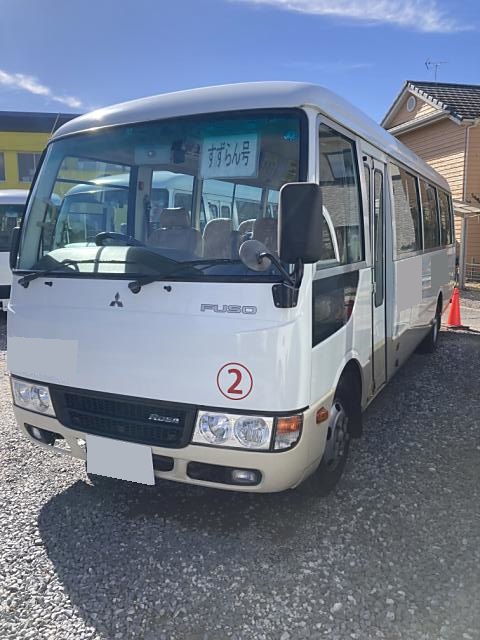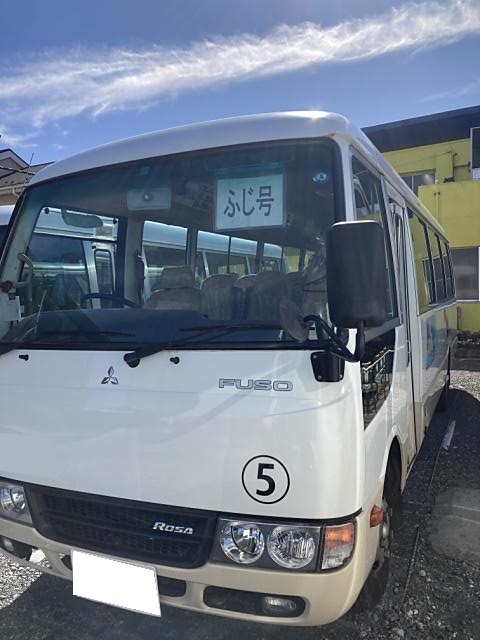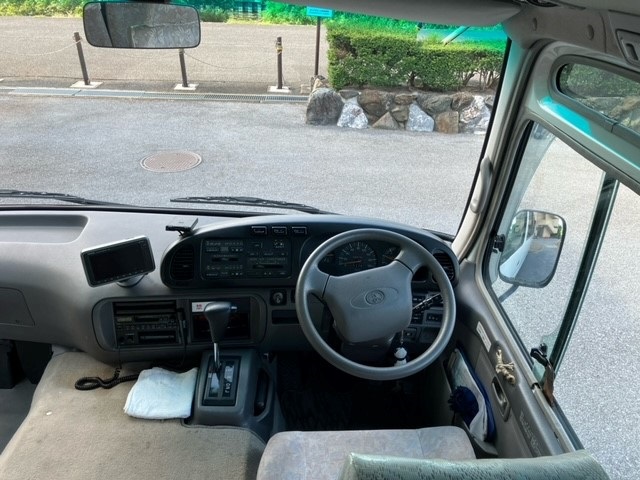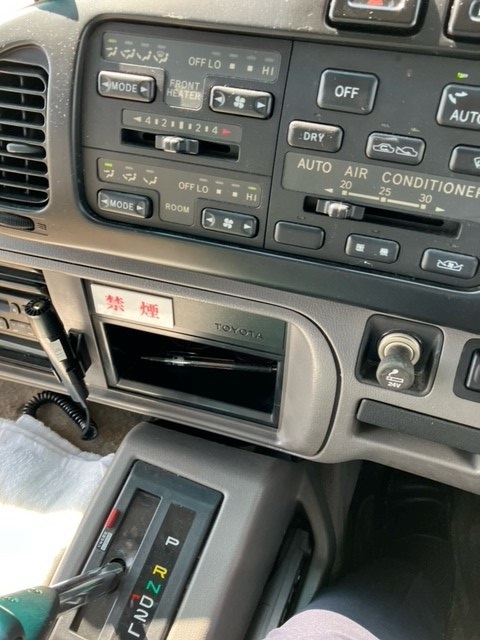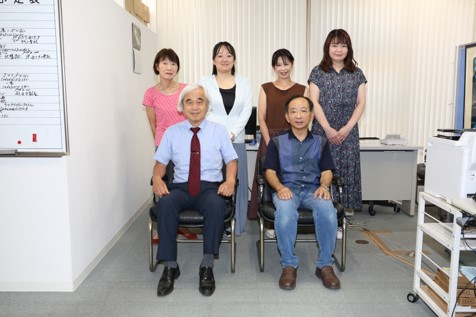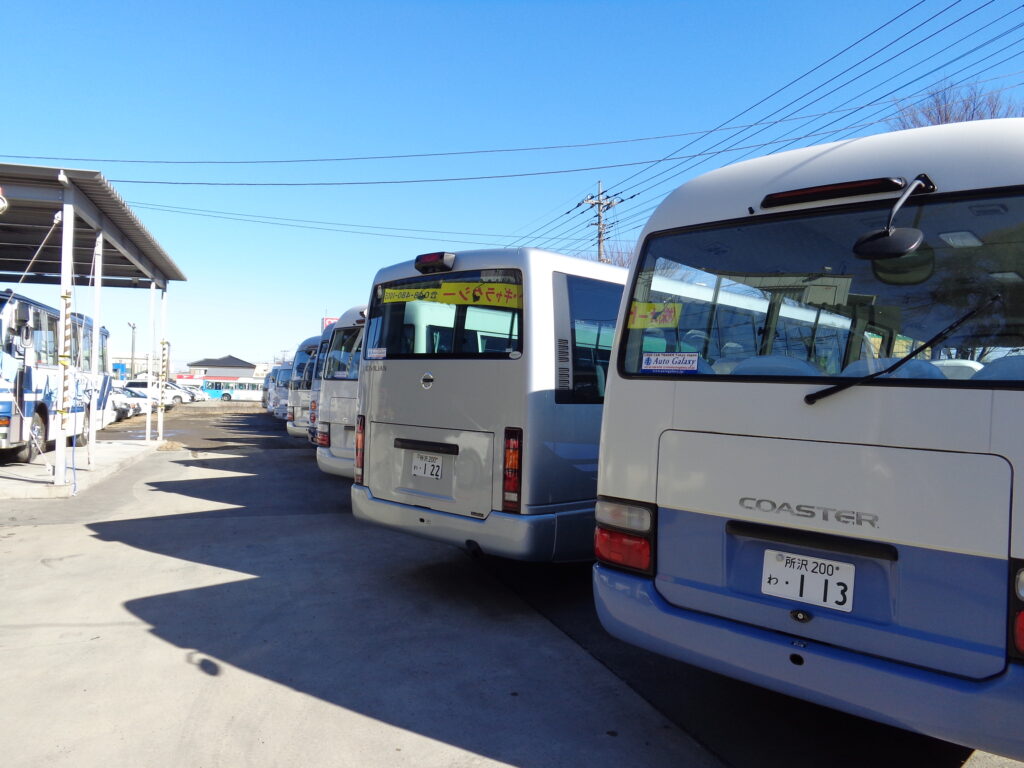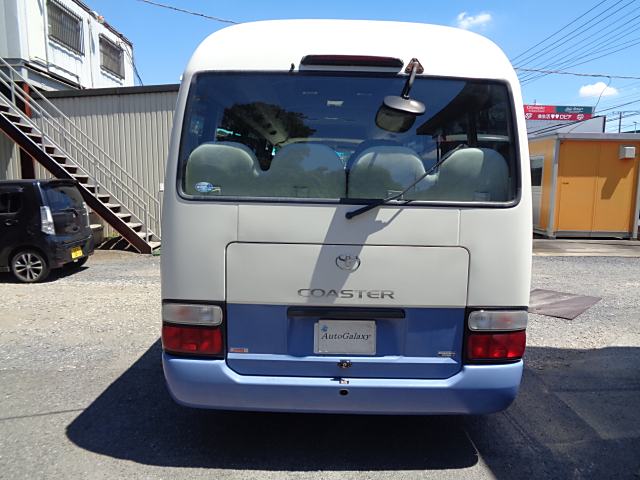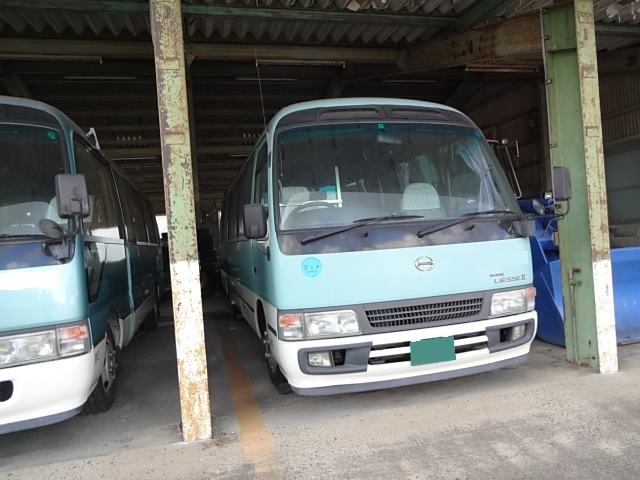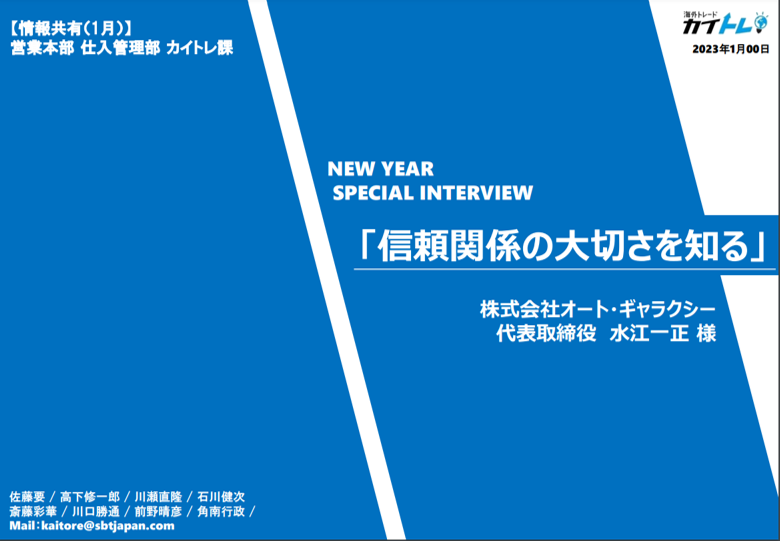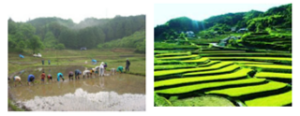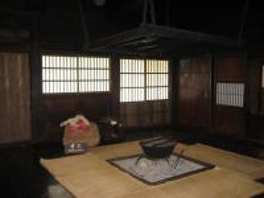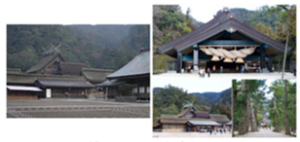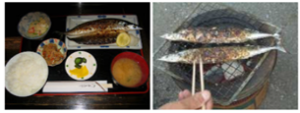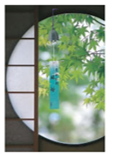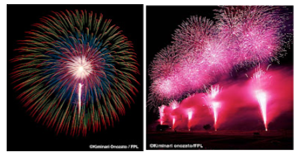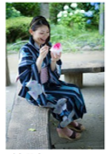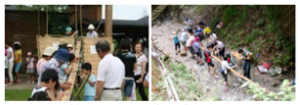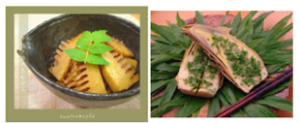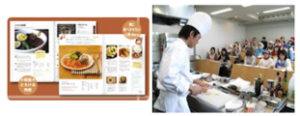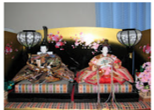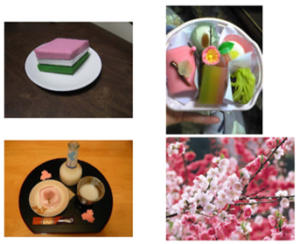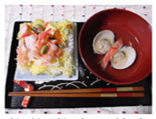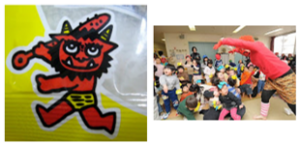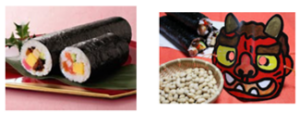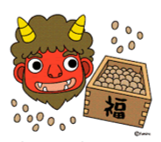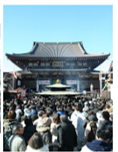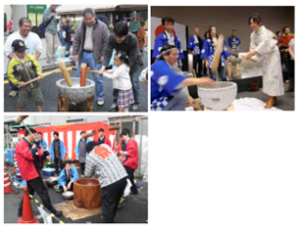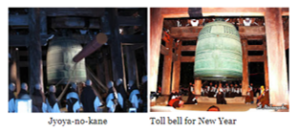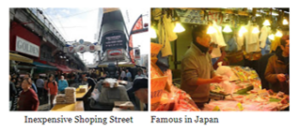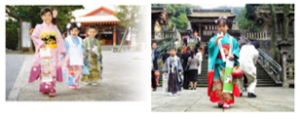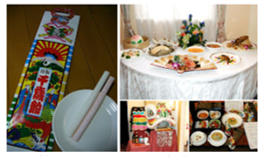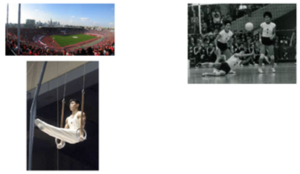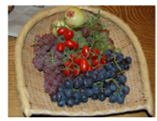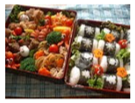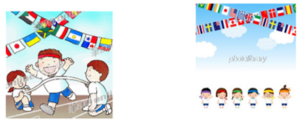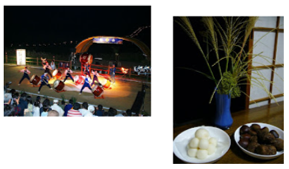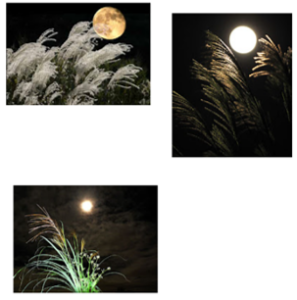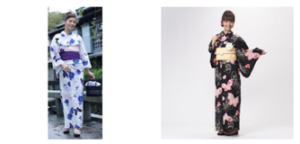Everything starts in April in Japan.
Most of Japanese people remember their entrance ceremonies, especially the one for elementary school more than for kindergarten, middle school, high school or university.
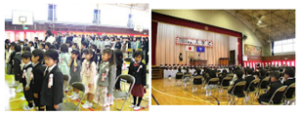
Entrance ceremony
Everywhere in Japan, children aged six are held by hand by the young their mothers and enter the elementary school gates covered with cherry blossom.

Entrance ceremony of elementary school
They have both expectation and fear of thing happening around them for the first time.
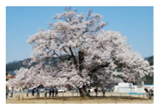
cherry blossom
The day before, the mother writes her son’s name on his new school goods, excise books, notebooks, eraser even a pencil and satchel the grandfather bought with care. This is to ensure they are not mixed up with those of other children.
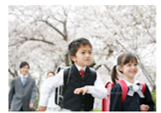
with schoolchild’s satchel
They change their shoes to indoor shoes to enter the classroom where the teacher welcomes them and shows them their seat.

cherry blossom and elementary school
After few days of going to school, they become close friends with one another. In the classroom, they choosing class representative and form a small community.
The most different thing between kindergarten and elementary school is that the parents do not take their children to kindergarten nor pick up them.
Usually elder boys and girls make a group, two to ten children, and escort younger children to the school with them. And there are lollipop ladies at the pedestrian crossings to make sure children can safely cross the road by raising their right hands.
Children have homework every day; addition, subtraction and how to write Japanese with two different forms, ’ Katakana’ and ‘Hiragana’.
If they don’t do their homework, the next day at school, the destiny of standing alone in the hall way is waiting. This is the most embarrassing moment for a boy when a girl who he likes sees him standing for punishment.
After six years at elementary school, also in April, they have the entrance ceremony for junior high school. This is conducted over a larger area and because more children come to the junior high school. They have more friends.
All student both boys and girls wear the same black uniform. It is very difficult to know who is who.
At junior high school, the senior students invite the new ones to join the sports and extra-curricular activities. Half of the new students join the clubs, however, a large number of them will quit because they want to be independent.
And again after three years at junior high school also in April, they will graduate and go to high school.
In foreign countries such as Australia and New Zealand, they graduate in January or February, but in September in USA, Canada, Great Britain and France. They do not have entrance ceremonies like in Japan. They just have welcome parties.

foreign countries graduate

Not only do Japanese schools start in April, every company in Japan welcomes new workers in April too.
we do study for examination to enter a good school ,the good company
In Japan, most important things start in April.
Kazumasa Mizue
President
Auto Galaxy Co., Ltd.
